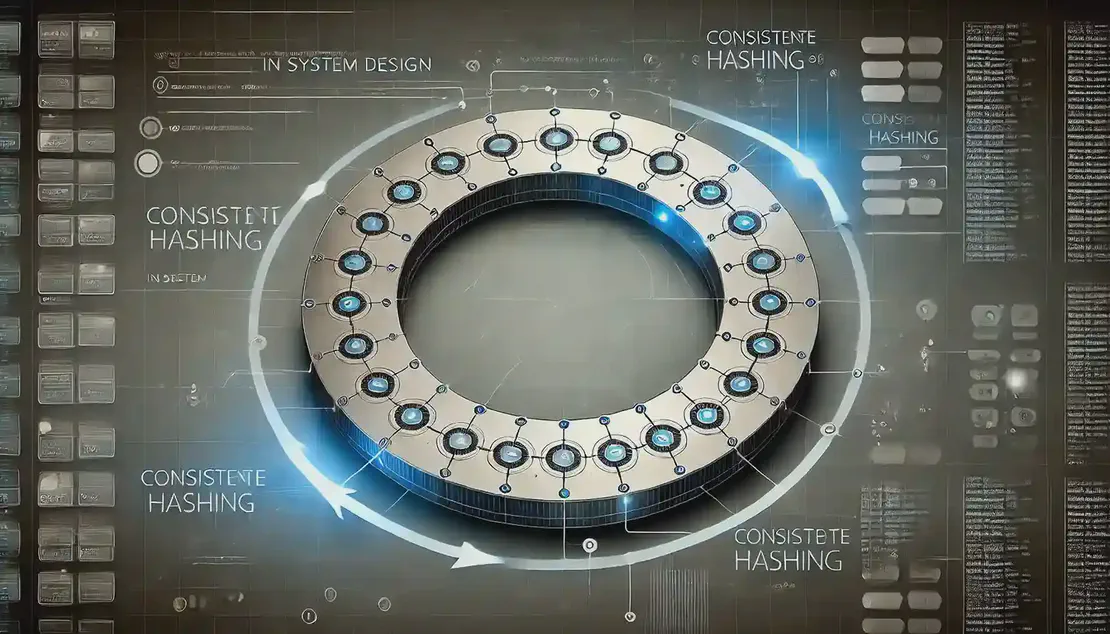
Understanding Idempotency in APIs
- Vipul Kumar
- Microservices , Rate limiting
- November 6, 2024
Table of Contents
🔄 Definition — Idempotency in APIs refers to the property where performing the same operation multiple times results in the same outcome as performing it once.
🔍 Importance — Idempotency is crucial for ensuring reliability and consistency in distributed systems, especially when network issues cause duplicate requests.
🛡️ Safety — It prevents unintended side effects such as data duplication or corruption, which is vital for operations like financial transactions.
🔧 Implementation — Idempotency can be achieved using HTTP methods like GET, PUT, and DELETE, which are inherently idempotent, or by using idempotency keys for non-idempotent methods like POST.
📈 Benefits — Idempotent APIs enhance user experience by providing predictable outcomes and simplify error handling and retry logic for developers.
Idempotency in HTTP Methods
🔍 GET — This method is idempotent as it retrieves data without modifying it, ensuring the same result for repeated requests.
🔄 PUT — Used for updating resources, PUT is idempotent because multiple identical requests will have the same effect as a single request.
🗑️ DELETE — This method is idempotent as deleting a resource multiple times results in the same state after the first deletion.
✉️ POST — Typically non-idempotent, POST can be made idempotent by using unique identifiers to prevent duplicate resource creation.
🔧 PATCH — While not inherently idempotent, PATCH can be designed to be idempotent depending on the operation’s semantics.
Importance of Idempotency
🔄 Consistency — Idempotency ensures that repeated operations do not alter the system’s state unpredictably, maintaining consistency.
🛡️ Error Handling — It simplifies error handling by allowing safe retries of requests without causing unintended side effects.
🌐 Fault Tolerance — Idempotent APIs are more resilient to network issues, ensuring reliable user experiences.
💰 Financial Transactions — In scenarios like payment processing, idempotency prevents duplicate charges and ensures accurate billing.
🛍️ E-commerce — Idempotency helps avoid duplicate orders and maintains correct order statuses in online shopping platforms.
Implementing Idempotency
🔑 Idempotency Keys — Use unique keys for requests to ensure that repeated requests are treated as a single operation.
📅 Resource Versioning — Implement versioning to manage updates and prevent conflicts in resource states.
📡 Statelessness — Design APIs to be stateless, ensuring each request contains all necessary information for processing.
🗄️ Database Transactions — Ensure database operations are idempotent to maintain data integrity across distributed systems.
🔄 Error Codes — Implement robust error handling with clear status codes to indicate request success or duplication.

